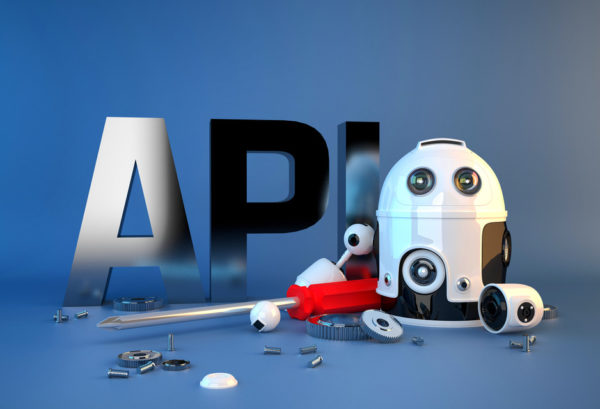When companies go design their new shiny corporate app, a software engineer might tell the boss that the proposed mobile application will have to ‘talk’ to other computers. In order to facilitate this digital chit-chat, an added program may be needed to facilitate that electronic conversation. These coded exchanges are often facilitated by an Application Programming Interface (API). These may sound complicated, but they really aren’t. An API is just a way for one software system to interact with another. APIs form a set of rules and protocols that are designed to help programs communicate. Through an API, different software solutions can be integrated and work together. This is incredibly important for all levels of software development.
How Does an Application Programming Interface (API) Work?
Imagine that you are from France and you only speak French. An acquaintance of yours is from Italy and only speaks Italian. How can you talk to each other? Many programs interact exactly like this; they have their own internal methods and processes that they use to complete tasks. A third-party program will need to learn to “speak their languages” and help the first two programs to understand each other. This is needed if they are going to complete a task.
You’re probably most familiar with APIs through eCommerce portals: online shops. When you’re buying something online, you’re often given the option to pay through PayPal. But how does PayPal know how much to charge you? How does it know what items are being purchased and who to send the money to? The website is using PayPal’s API: a series of directions that PayPal has published for interacting with their system.
When you buy a shirt through an online shop, the online shop sends that data through PayPal‘s API. PayPal then collects the information, which has been formatted properly for its use, and uses it to charge you. It then sends information back to the online shop, regarding whether or not the transaction was successful. To you, the user, this transaction will appear quick, easy, and seamless. But there’s a lot going on in the background!
How Can APIs Be Integrated Into Mobile Devices?
Mobile applications often take advantage of APIs for advanced features. One of the most common examples is the Google Maps API, which includes all of the information that Google Maps does and is available for both Android and iOS. The Google Maps API has been the foundation of many critical apps. Other commonly used APIs include weather services, social media integration, and local directories. Through APIs, developers can gain access to a suite of features and a wealth of data that they would otherwise have to collect themselves.
Can an API Be Dangerous?
By now, you may be wondering whether an API could be used against you. Can it take you places without your knowledge? Can it transfer your information without you knowing? Put simply, yes: once you hand your information over to a software system, it can use that data as it wants. If you load an app that has a Google Map API, then Google may very well be able to see your location. And an API itself can become a vulnerability within a system.
This underscores the importance of maintaining your own security and using only reputable software vendors. In fact, many recent security leaks have occurred due to third-party software solutions. That being said, most software today contains some element of API usage, and it is impossible to avoid. For mobile devices, security settings can often be managed to control what you do or don’t give out — to anyone.
APIs provide an incredibly useful and necessary method of communicating between programs. For developers, they allow project teams to take advantage of resources that they would otherwise have to build themselves. For users, they ensure a better overall user and are often seamless in integration. Either way, APIs are an essential part of software development.





Leave a Reply